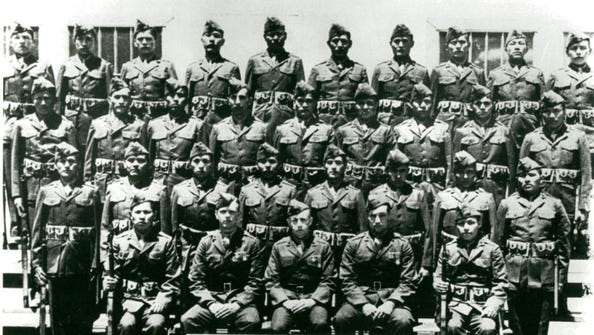The Unbreakable Code
The Start of the Code
December 7th, 1941, Imperial Japanese Navy aircraft attacked Pearl Harbor military targets. With wartime in full swing, the Marine corps had demands that needed to be met. One of which was to find a secure, reliable, and swiftly transmittable code instead of the insecure and time-consuming codes in use via the shackle protocol. A man named Phillip Johnston, a World War 1 veteran who had grown up as the son of a missionary on a Navajo reserve, would have a solution. After reading an article of the Choctaw service as Code Talkers in the First World War, he decided to recommend the use of the complex and unwritten Navajo language to be used as a code. This, along with other recommendations of the use of other complex indigenous languages, would become the foundation for the Navajo Code Talkers.

Micheal Naz/The
https://www.azcentral.com/story/news/local/arizona/2018/07/11/navajo-code-talker-facts-unbreakable-code/460262002/
"For us, everything is memory, it’s part of our heritage. We have no written language. Our songs, our prayers, our stories, they’re all handed down from grandfather to father to children -- and we listen, we hear, we learn to remember everything. It’s part of our training"
- Private Carl Gorman, one of the few original Navajo Talkers, explaining how the code could be committed to memory to a commanding officer, 1942
Recruitment & Creation
29 recruits passed basic training and were given the classified and lucrative task of developing a code utilizing the Navajo language as a way of encryption. The irony of using their native language they were punished to even speak with as children was not lost on any of them. This highlighted an older attitude of how America had treated their countrymen. Eventually, the basis for the code was developed and tested successfully, later being expanded from 211 words to 411. The code developed would have Navajo words represent letters of the English alphabet, while also substituting Navajo words for English ones.